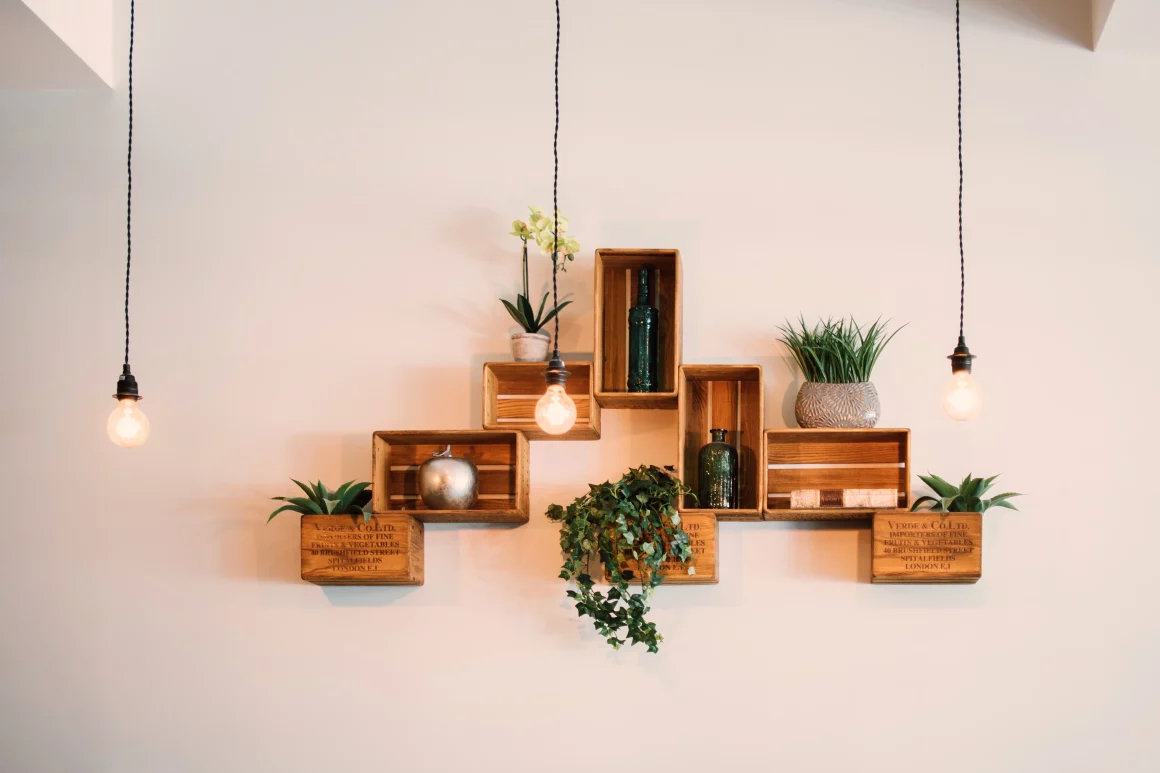Creating a sustainable and eco-friendly living space has become increasingly important in today’s world. This article will provide tips and guidance on how to incorporate sustainable and green design principles into your home.
By following these tips, you can make a significant impact on reducing your environmental footprint and create a healthier living space for you and your family.
-
Choose Energy-Efficient Lighting
One of the easiest ways to make your home more eco-friendly is by choosing energy-efficient lighting. LED bulbs use significantly less energy than traditional incandescent bulbs and last much longer, reducing the need for frequent replacements.
- Use LED or CFL light bulbs
- Utilize natural light through windows and skylights
- Install dimmer switches to control the amount of light and save energy
-
Opt for Natural and Sustainable Materials
Selecting natural and sustainable materials for your interior design is crucial for creating an eco-friendly home. These materials have a lower environmental impact and contribute to a healthier indoor air quality.
- Choose materials like bamboo, cork, or reclaimed wood for flooring
- Use natural fiber textiles, such as organic cotton or linen, for upholstery and window treatments
- Incorporate sustainable materials like recycled glass or metal in countertops and fixtures
-
Bring Nature Indoors with Indoor Plants
Indoor plants not only add visual interest to your space, but they also provide numerous health benefits. They improve air quality by absorbing pollutants and releasing oxygen, which can lead to a healthier living environment.
- Add indoor plants such as pothos, snake plants, or spider plants
- Use hanging planters, windowsill gardens, or vertical gardens to maximize space
- Consider adding air-purifying plants, such as peace lilies or Boston ferns
-
Choose Low-VOC and Eco-Friendly Paints
Many traditional paints contain volatile organic compounds (VOCs), which can be harmful to the environment and your health. Opting for low-VOC or eco-friendly paints can improve indoor air quality and reduce your environmental impact.
- Look for paint labels indicating low-VOC or zero-VOC content
- Select water-based paints over oil-based options
- Consider natural or plant-based paints for a more sustainable choice
-
Upcycle and Repurpose Furniture and Décor
Upcycling and repurposing existing furniture and décor can help reduce waste and create a unique, eco-friendly space. This approach not only saves you money but also gives new life to items that would have otherwise been discarded.
- Refinish or repaint old furniture to give it a new look
- Repurpose items, such as using an old ladder as a bookshelf or turning a vintage suitcase into a side table
- Shop at thrift stores or antique markets to find unique, pre-loved pieces
-
Embrace Minimalism and Declutter
Adopting a minimalist approach to interior design can help you create a more sustainable and eco-friendly space. By decluttering and simplifying your environment, you can reduce the need for excessive material consumption and waste.
- Focus on quality over quantity when purchasing new items
- Regularly declutter and donate or recycle unwanted items
- Choose versatile and multi-functional furniture to save space and resources
Переглянути цей допис в Instagram
-
Select Biodegradable and Eco-Friendly Décor
Incorporating biodegradable and eco-friendly décor can help reduce the environmental impact of your living space. Look for products made from natural, renewable, or recycled materials that can be composted or recycled at the end of their life.
- Choose biodegradable and compostable products, such as bamboo tableware or natural fiber rugs
- Opt for recycled glass or metal accessories and decorations
- Select eco-friendly textiles, such as organic cotton or hemp, for cushions and throws
-
Invest in Energy-Efficient Appliances
Energy-efficient appliances can significantly reduce your home’s energy consumption and lower your carbon footprint. When purchasing new appliances, look for those with the ENERGY STAR label, which indicates they meet strict energy efficiency guidelines.
- Upgrade to ENERGY STAR certified appliances, such as refrigerators, washing machines, and dishwashers
- Unplug electronics when not in use to reduce standby power consumption
- Consider using a programmable thermostat to manage heating and cooling efficiently
-
Utilize Sustainable and Green Building Practices
If you’re undertaking a home renovation or building a new home, consider incorporating sustainable and green building practices into your project. This can help minimize your environmental impact and create a more energy-efficient and eco-friendly living space.
- Use sustainable building materials, such as reclaimed wood or recycled metal
- Incorporate passive design principles, such as proper insulation and window placement, to maximize energy efficiency
- Opt for green technologies, such as solar panels or rainwater collection systems
-
Educate Yourself and Spread Awareness
Continuously learning about eco-friendly and sustainable living practices is essential for maintaining a green living space. Share your knowledge with friends and family, and encourage them to adopt eco-friendly habits as well.
- Stay informed about the latest eco-friendly products and technologies
- Attend workshops or seminars on sustainable living and interior design
- Use social media and other platforms to share your eco-friendly design tips and experiences
Creating an eco-friendly and sustainable living space is not only beneficial for the environment but also for your well-being. By following these tips and embracing green interior design principles, you can make a significant impact on reducing your environmental footprint and create a healthier, more enjoyable living space for you and your family.








